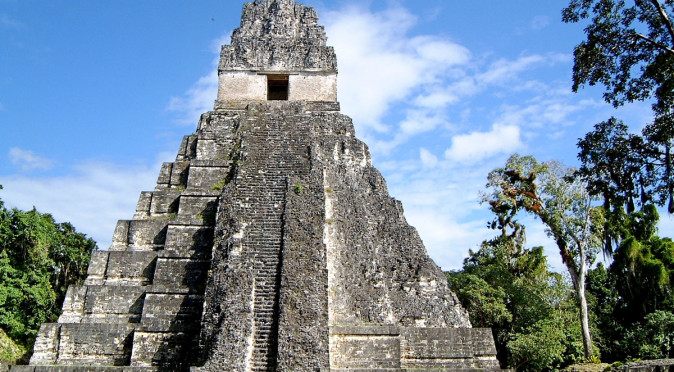
Tikal: A Brief History
Tikal was the most powerful city in the Mayan territories during the Classic Period, but its monuments might suggest that Teotihuacan was inspiration and power behind its success…

Tikal was the most powerful city in the Mayan territories during the Classic Period, but its monuments might suggest that Teotihuacan was inspiration and power behind its success…
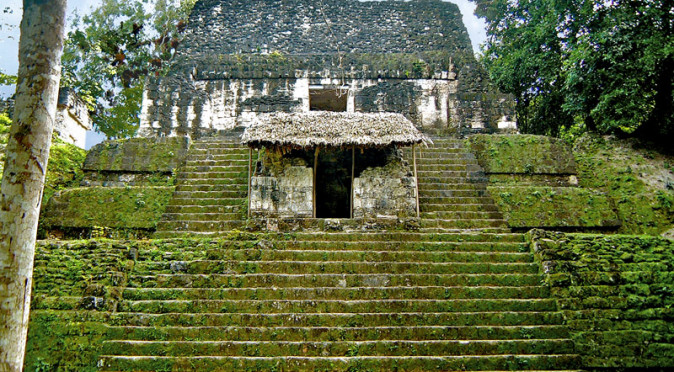
The Temple of Skulls takes its name from three stucco skulls which were added, along with a curious niche, in the early 8th century…
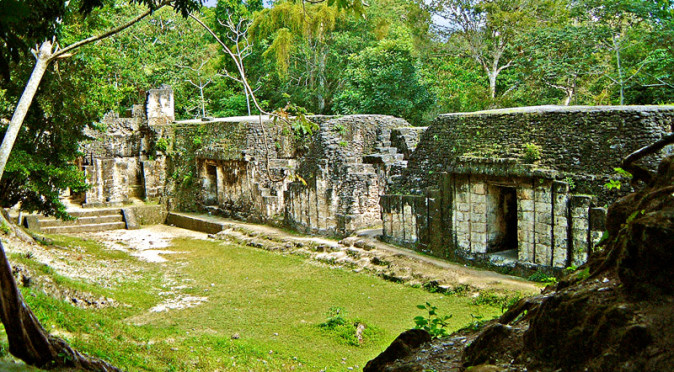
Tikal Group G is known as the Acanaladuras Palace because of its unusual pseudo-column façade and dates to the reign of Jasaw Chan K’awiil, c.734AD.
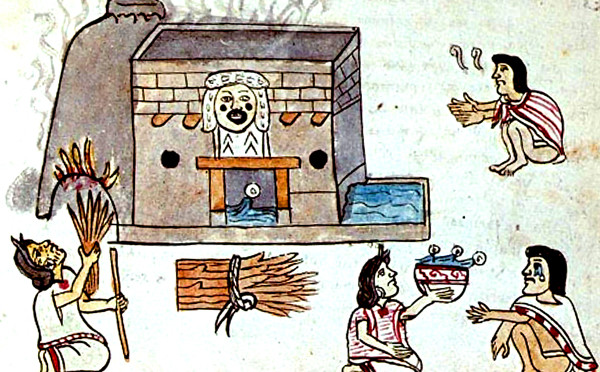
The temascal, or temazcalli, was a Mesoamerican steam house which was used to relax and cleanse and was frequently used in medicine.
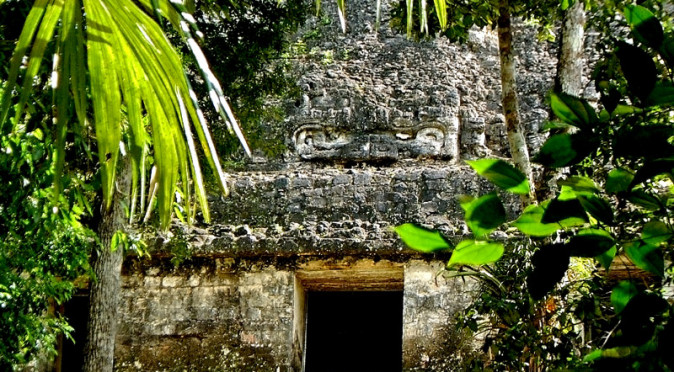
Templo VI is known as the Temple of Inscriptions because of a series of events listed on its roof comb, dating back to 1143BC…
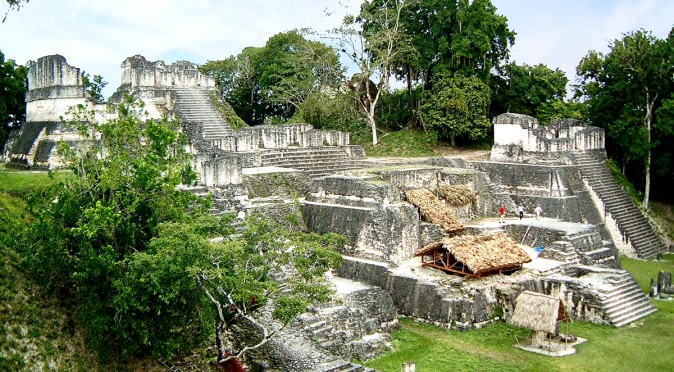
Temple 5D-33 was controversially ripped down in the ’60s, but revealed an early structure that may link it to Teotihuacan…
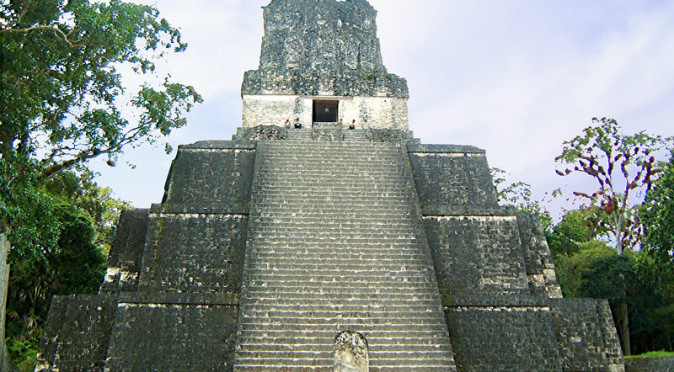
Templo II is known as the Temple of the Masks due to a pair of masks which flank the stairway, but it is actually a mausoleum for King Jasaw Chan K’awiil I’s wife.
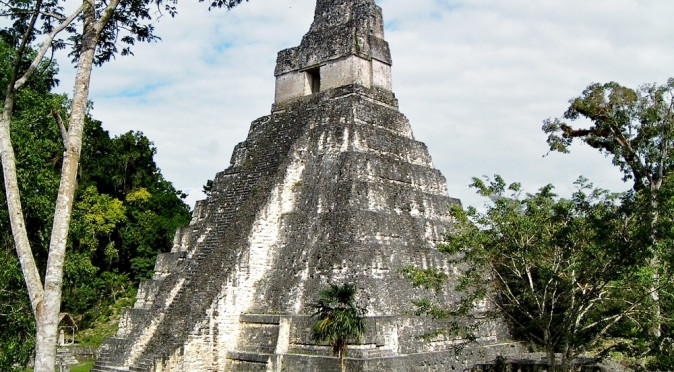
Templo I is the resting place of one of Tikal’s greatest rulers,Jasaw Chan K’awiil I, who defeated their arch-rivals, Calakmul, and brought Tikal back to prominence…
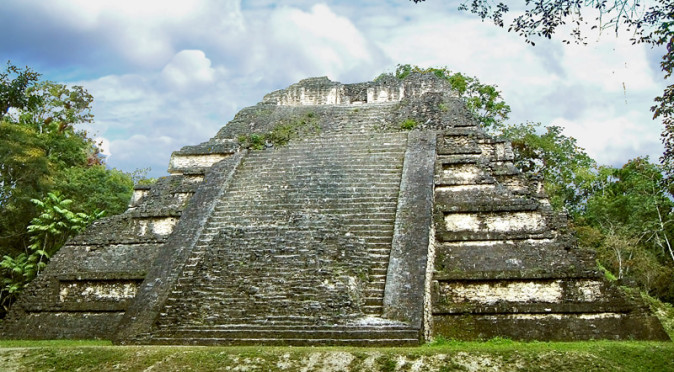
Structure 5D-47 stands out due to its talud-tablero style of construction – a style that belongs at Teotihuacan, 1000 miles away…
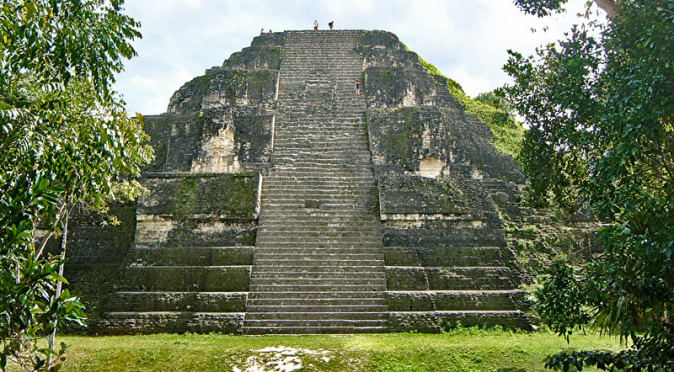
The Great Pyramid is one of the tallest and oldest structures at Tikal and sits at the heart of the Mundo Perdido complex…

A collection of tourism pamphlets that we collected en-route in early 2002, which include some fairly inspiring words…
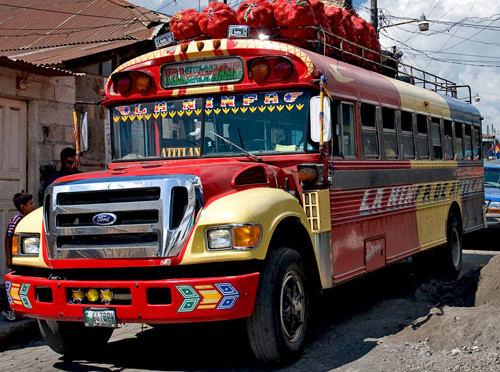
Guatemala’s buses are a colourful delight, but things may not appear so attractive once you are on-board!
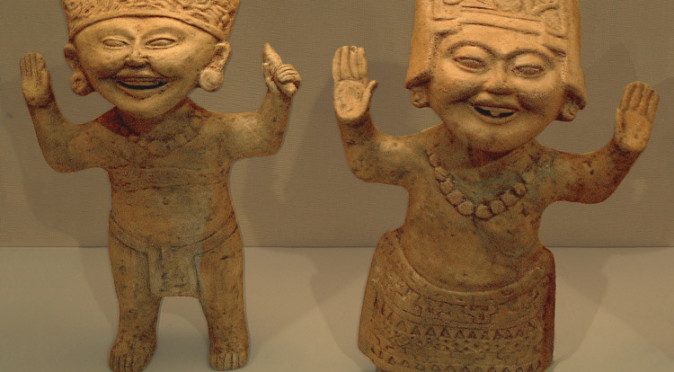
The “Caritas Sonrientes”, or “Smiley Faces”, stand out on account of their smiling faces, an emotion seldom seen in the artwork of Mesoamerica.
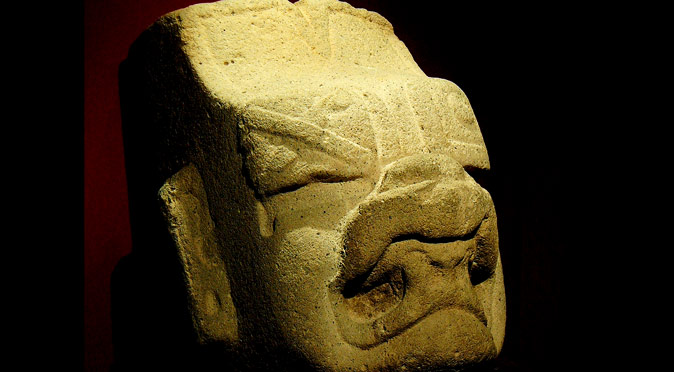
Many discussions on the enigmatic Olmec revolve around the huge African-looking heads, but could it be the mysterious “were-jaguar” that holds the key to who they were?
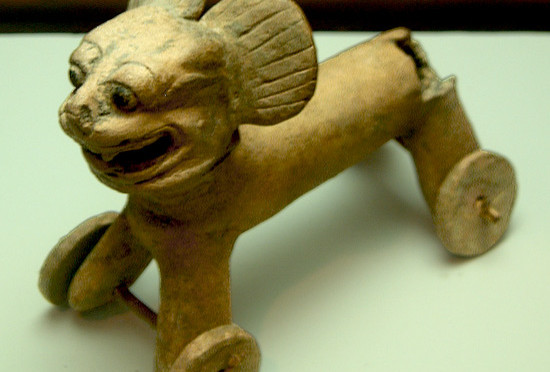
It was thought Mesoamerican cultures had failed to invent the wheel, leading many to call them primitive; but these wheeled “toys” seem to prove quite the opposite.
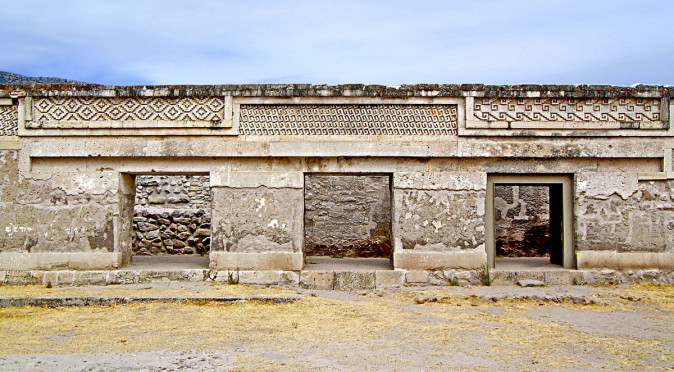
Mitla is believed to be the legendary “Abode of the Dead” and home to the “Temple of the Underworld”, but is it genuinely this hellish town?
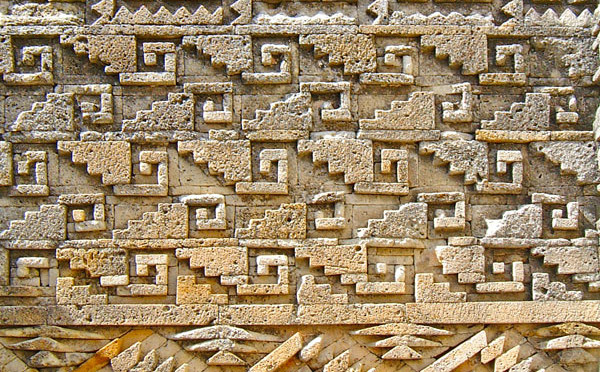
Almost every doorway, room and tomb at Mitla is decorated with step-fret mosaics, which were intricately carved and slotted together. Are they simply lavish decoration?
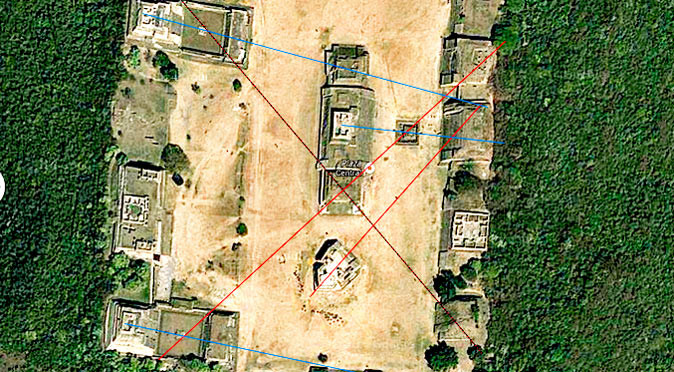
Monte Alban was one of the most sophisticated cities of ancient Mesoamerica, but encryptions built into the fabric of the city that suggest it may have served a higher purpose…